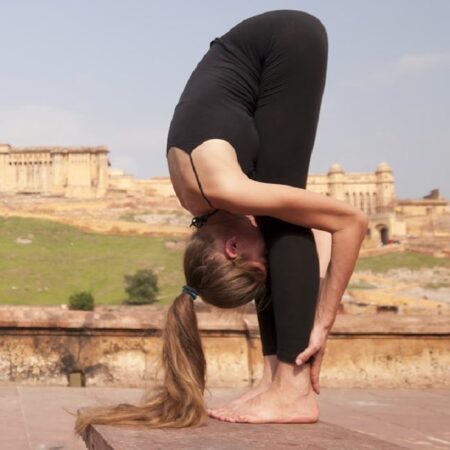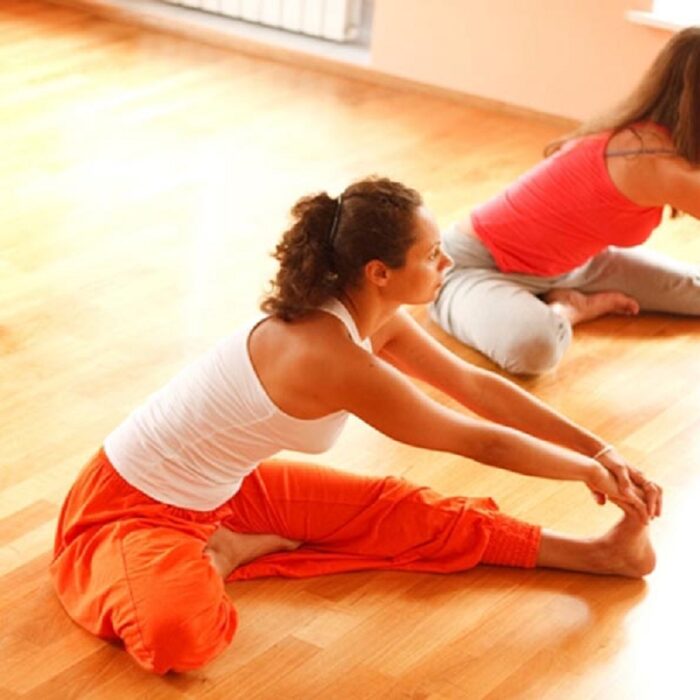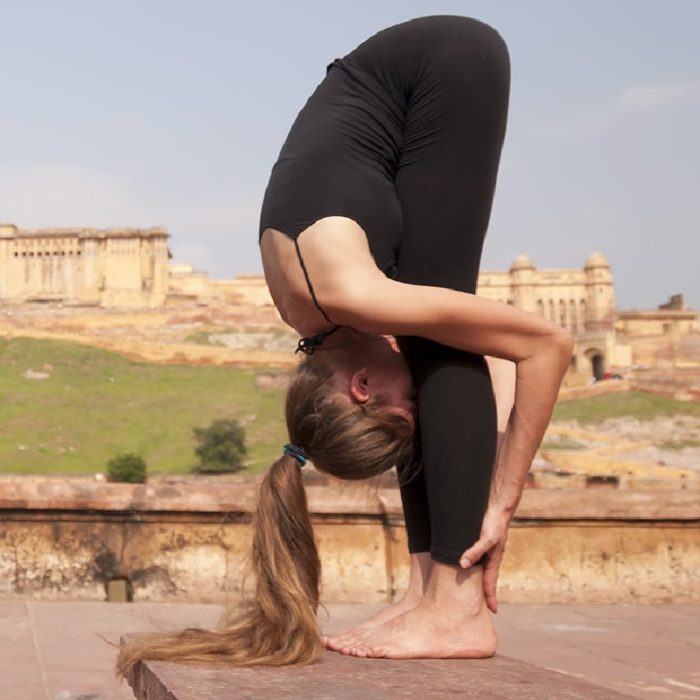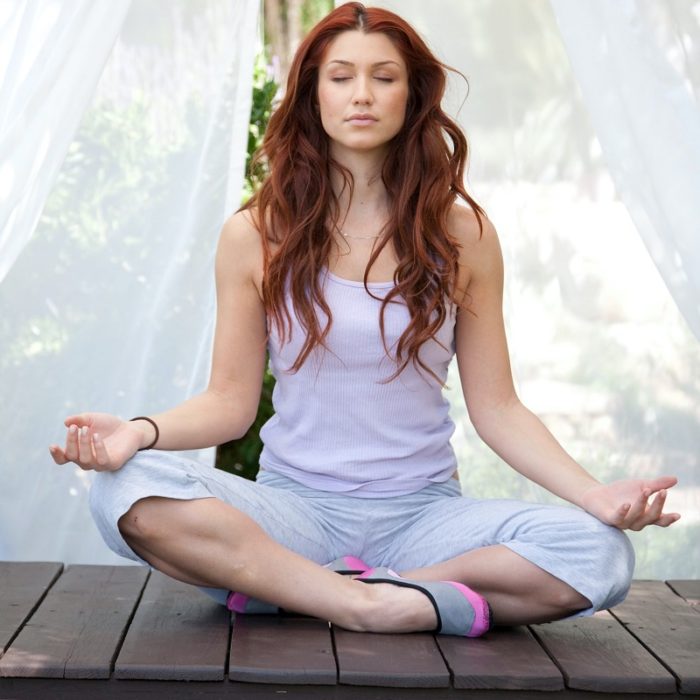Zen Meditation – Benefits & Techniques
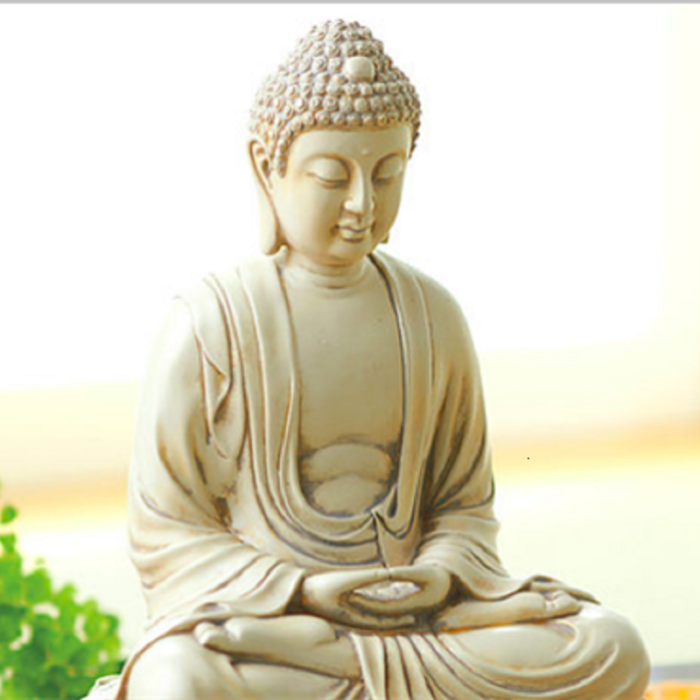
Running through your day like it is a 100-meter race is not the way to live. It will suck the energy out of you and make you lifeless. Combine that with a buzz of random thoughts flooding your head, and you are doomed! In such a scenario, all you wish for is some stillness, focus, and peace of mind. Luckily for you, here’s a comprehensive guide to the 1500-year-old tried and tested practice of Zen meditation that will bring tranquility to your life.
What Is Zen Meditation?
Also Known As – Zazen, which means sitting meditation
There are a variety of ways to do meditation – some hugely popular with faithful followers, and many largely unknown. Being aware of your breath and body is the basis of meditation. It adds positivity to life and rejuvenates your being. Zen meditation is a part of Chinese Buddhism and is rooted in spirituality.
Legend has it that Bodhidharma, a South Indian king, who had traveled all the way to China to spread ‘real’ Buddhism, introduced the concept of Zazen. It was practiced in Buddhist monasteries by monks as a manner of living. With time, this ancient practice spread through travel and teachings of Zen masters, and eventually found a place in the living rooms of common citizens. Let’s take a look at how to do it.

How To Do Zen Meditation
- Preparation

The process is quite simple and focuses mainly on the posture and stillness. Find an adequately lit room with a comfortable temperature. Take a medium-sized cushion, traditionally called ‘zafu’, and place it on the mat that you will sit on. The cushion ensures that the hips are elevated, and the knees face downwards towards the ground. Wear loose, airy, and comfortable clothing and sit on the cushion in either the Full Lotus Pose (Padmasana) or the Half Lotus Pose.
- Sitting Right

For the Full Lotus Pose, place both of your feet on the opposite thighs, on both the sides. A Half Lotus position is when you place either of your ankles on the opposite thigh. If sitting like this gets uncomfortable, a kneeling position or sitting on a backless bench will also do. Ideally, the sitting position is recommended. Make sure your back is erect and upright. Keep the body balanced, not too relaxed or tensed.
- Hand Posture
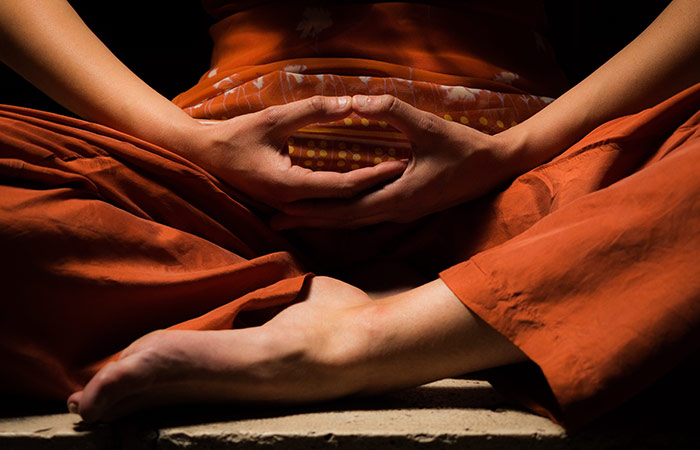
Image: iStock
The hands need to form a cosmic mudra. To do so, let your palms face upwards, and keep the right hand on the left hand. Now, get both the tips of your thumbs to touch each other lightly, forming a nearly straight line. While keeping this hand formation intact, place the wrists on your thighs and the inner edges of your hands against your stomach. Don’t let the hand mudra distort as it is an indicator of your mind’s stability. If you are letting your hand loosen its mudra, your mind is not concentrating enough on the posture.
- Eye Gaze

In Zen meditation, the eyes are not entirely closed. Partially closed eyes help you stay alert and avoid drowsiness. Keep your eyes half closed and direct your gaze diagonally lower, towards the ground. You don’t have to focus on anything particular. Ideally, it is best to sit in front of a wall to avoid distractions.
- Right Breathing

The most important aspect of Zen meditation is breathing. Make sure your mouth is shut while you do so. Breathe only through the nose. While inhalation happens naturally, concentrate on exhaling. Find a rhythmic pattern and follow it. Make sure you keep a count of the breaths to increase your awareness.
- Set Your Mind

As you sit in the meditative posture and breathe, thoughts buried deep in your unconscious mind are bound to resurface and play around in your head. Do not pursue those thoughts either by giving in to them or avoiding them as that will only affect you more. Let them pass by like a flowing river.
To make this process easier, I suggest you pay more attention to your posture and breathing whenever your mind wavers. That’ll do the trick and help you with quiet meditation. As you keep doing Zazen, the feelings lessen, and the mind becomes restful. Ideally, beginners should spend 15-30 minutes on Zen meditation. Keep track of the time with an alarm.
Zen Music
Zen music comprises of a collection of music written centuries ago by monks. It is generally thought to be soothing, but the authentic classical form played on the flute (shakuhachi) can sound unpleasant to a new listener. A non-technical way of playing the flute (Suizen) aides breath control during meditation, and you could give that a try. Check the video below to know how.
MUSIC LINK- youtube.com
How Does It Help?
This simple meditation can solve major psychological issues. Zen meditation is beyond being just a surface level remedy. It helps you deal with deep-rooted anxiety and depression, and also in finding answers to questions that have been bothering you. It reconnects you with life, brings about inner awareness and empathy, and acts as a catalyst to live life to the fullest.
Zen meditation will make you a knowledge seeker and understand the essence of life. It tells you about your place and purpose in the world. It helps you detach from expectations and treat yourself kindly. And, the most important of all, it helps you live in the moment and keeps anxiety at bay.
Let’s now take a look at a few frequently asked questions regarding Zen mediation.
Readers’ Questions
Is Zen a religion?
Zen is more spiritual than religious and a guide for peaceful living. It is a lifestyle choice beyond religion and an attempt to understand life without language or logic as barriers.
What is Zen Buddhism?
Zen Buddhism is a practical experience of self-discovery and comes from the school of Mahayana Buddhism.
Why do Buddhist monks meditate?
Buddhist monks meditate to attain enlightenment, the highest purpose of life, according to them.
What does Zen Buddhism teach?
Zen Buddhism preaches the original and untampered teaching of Buddha with meditation as the core.
Who is the founder of Zen Buddhism?
Bodhidharma, an Indian monk, established the concept of Zen Buddhism in China, way back in the sixth century B.C.
Zen viewpoint of other religions
Zen is open-minded and agrees with what other religions have to say. It is a firm believer in the core principles of every religion without the added decorations.
Initially, it might be tough to switch off your mind for a certain period and sit quietly, but do not stop trying. Do away with the obsession of getting the method right. Let it happen on its own; it will eventually fall into place. Even if it is five minutes, get your breathing right, and you are good to go.


















